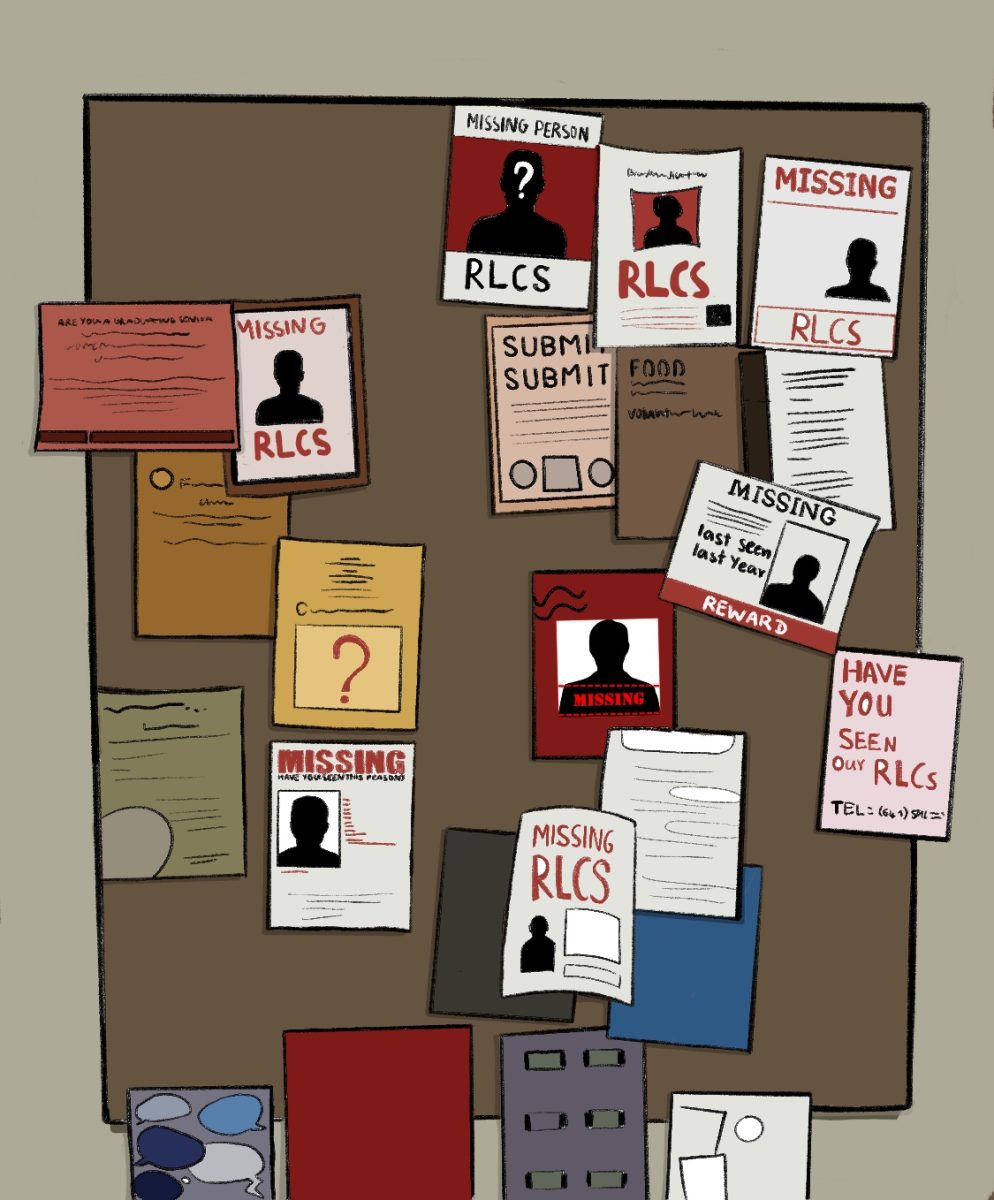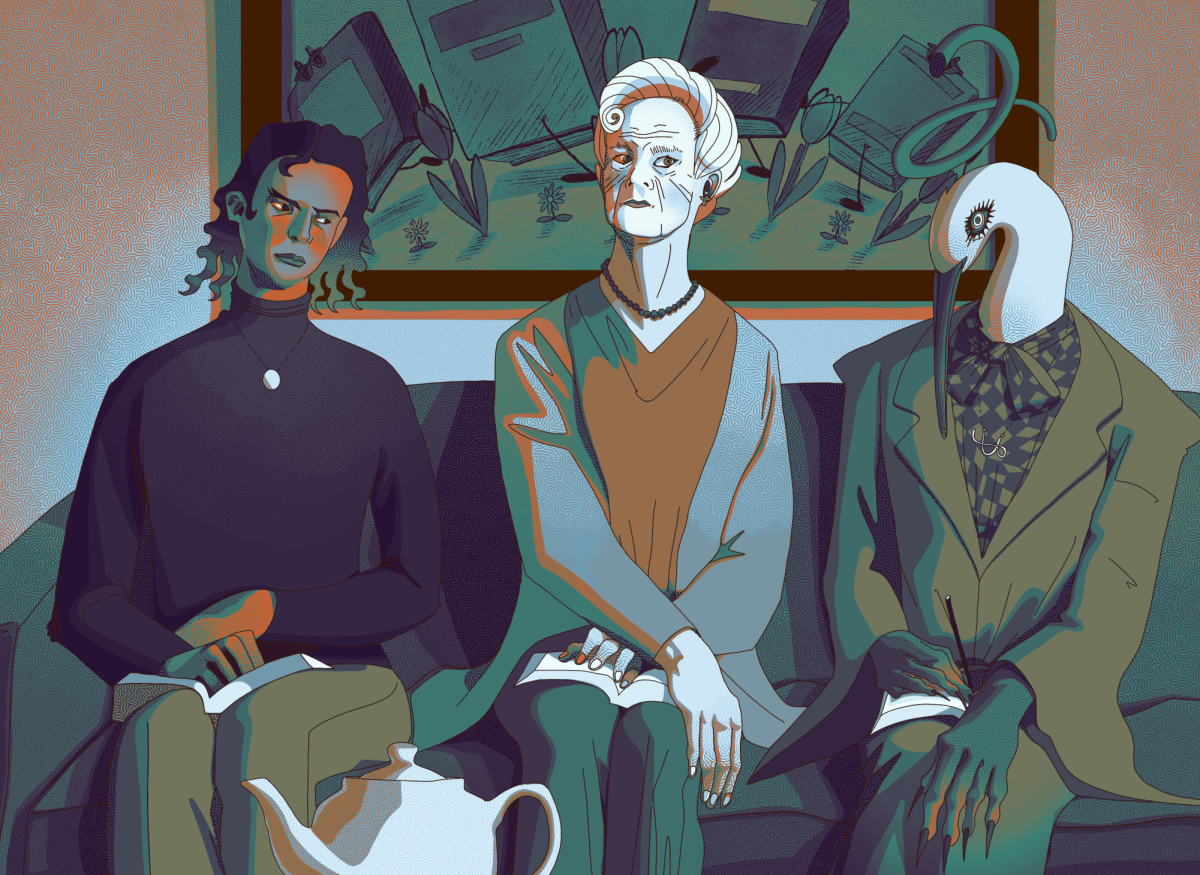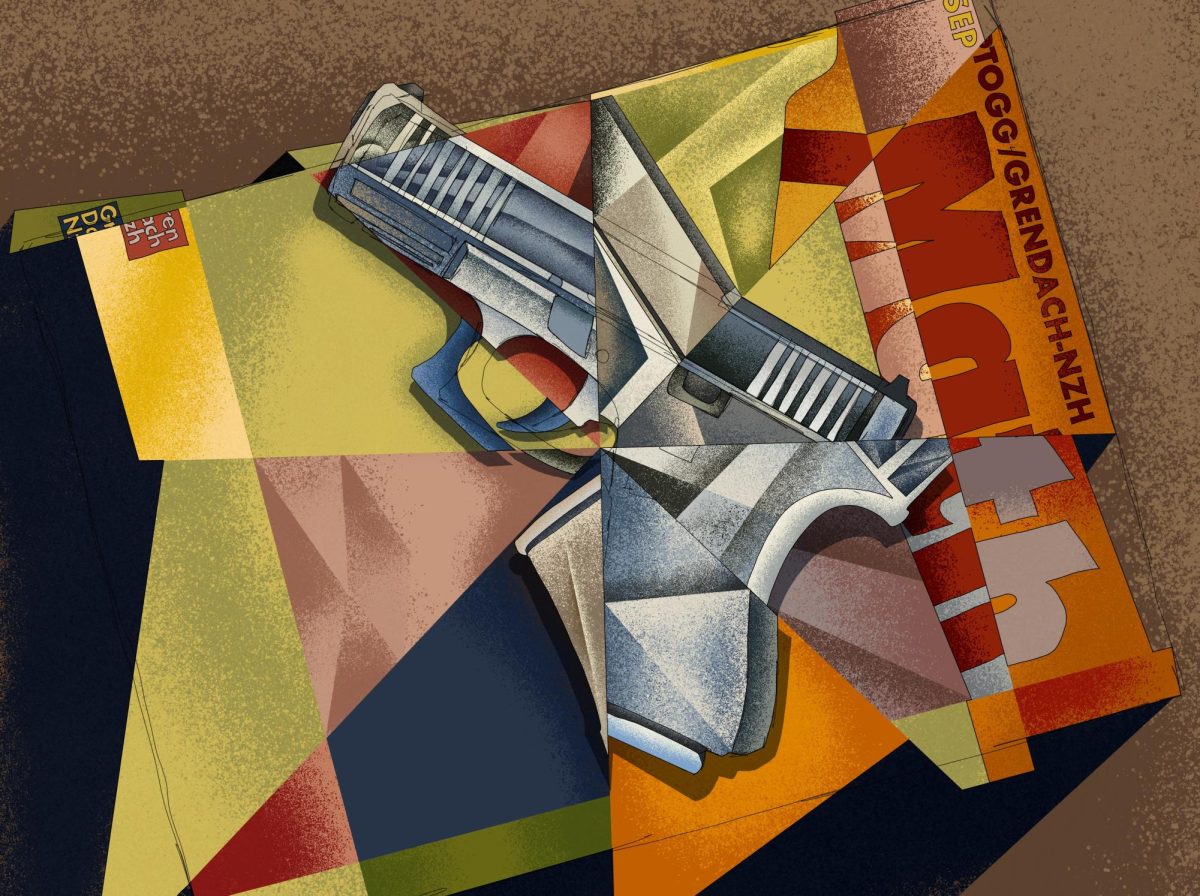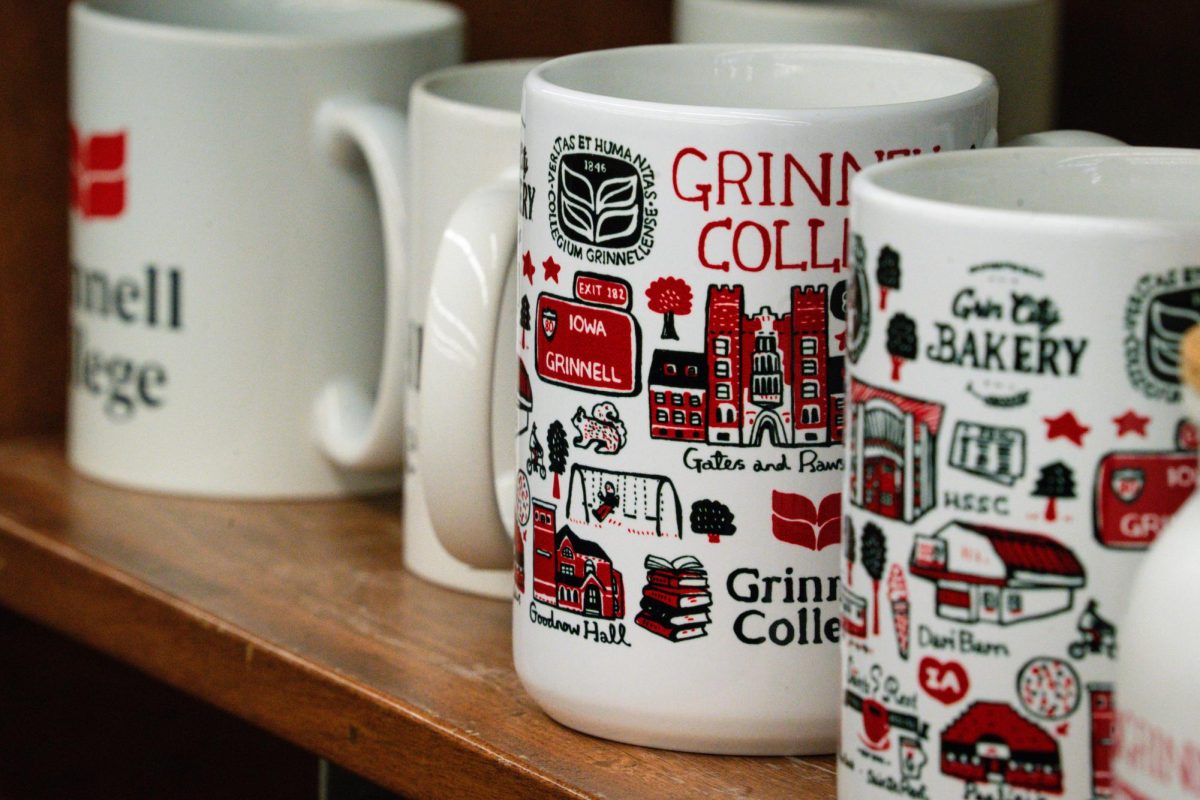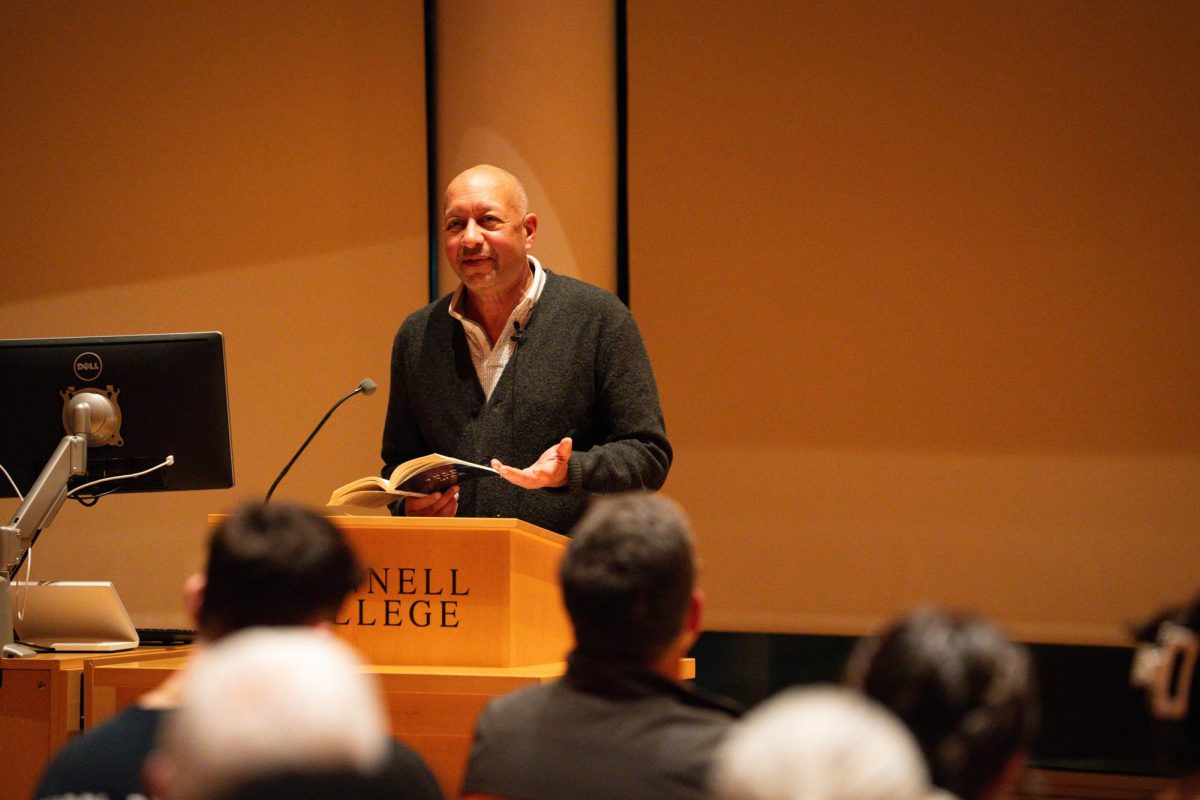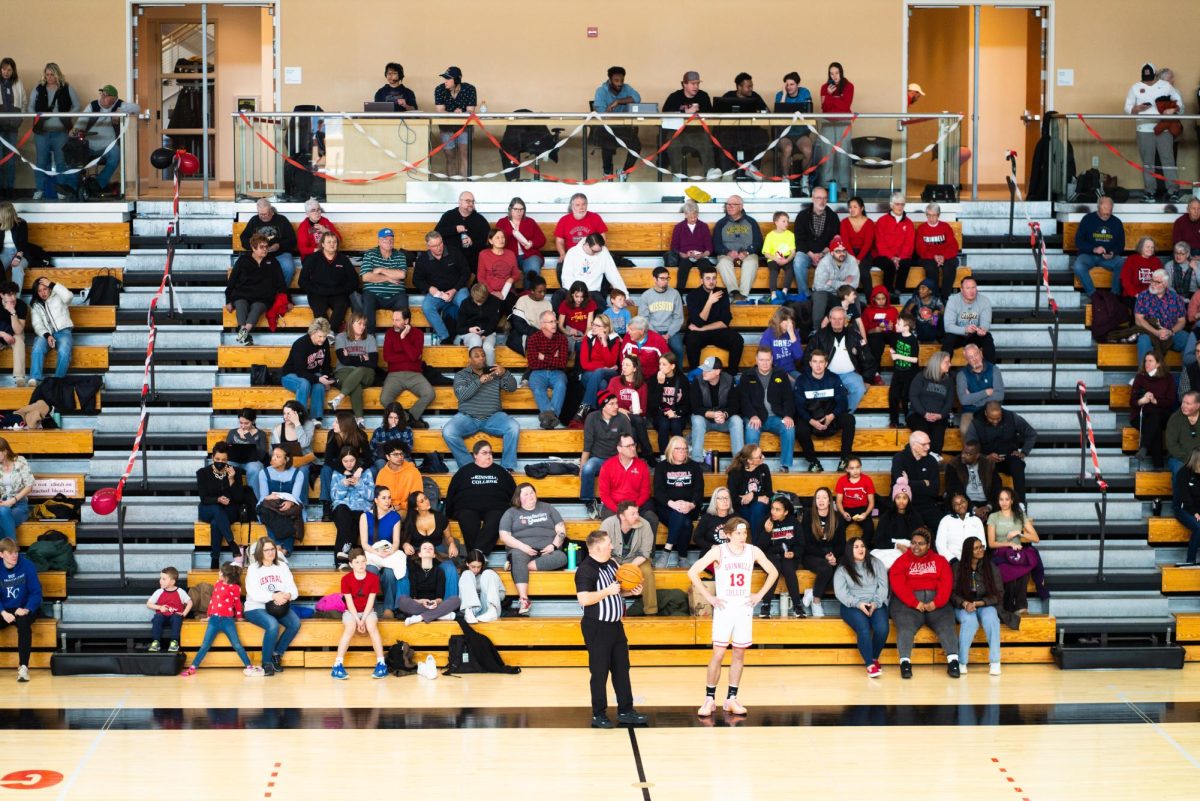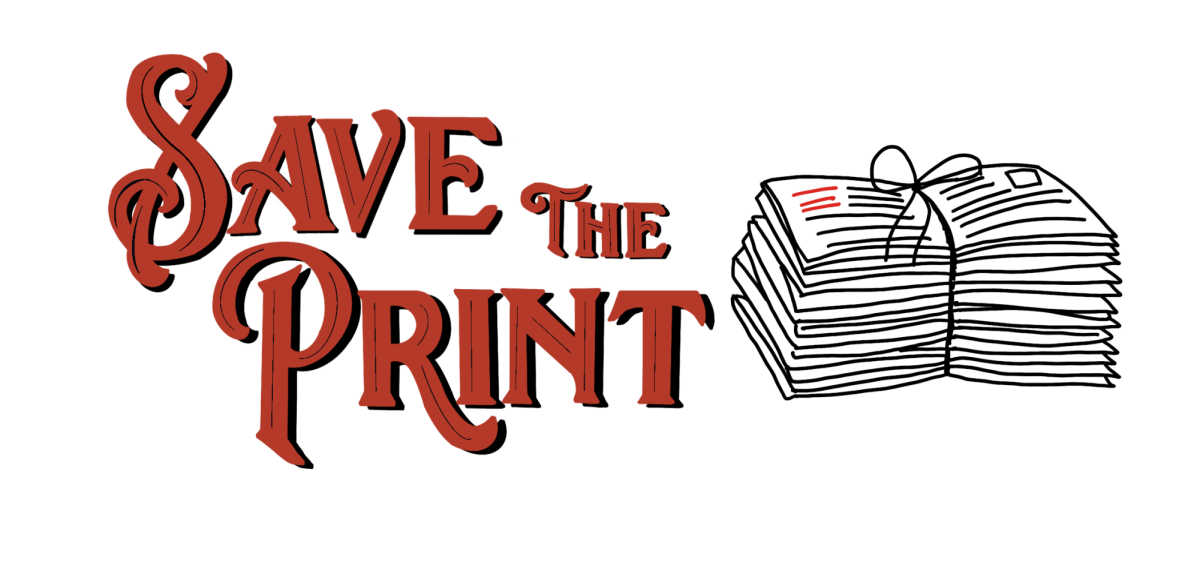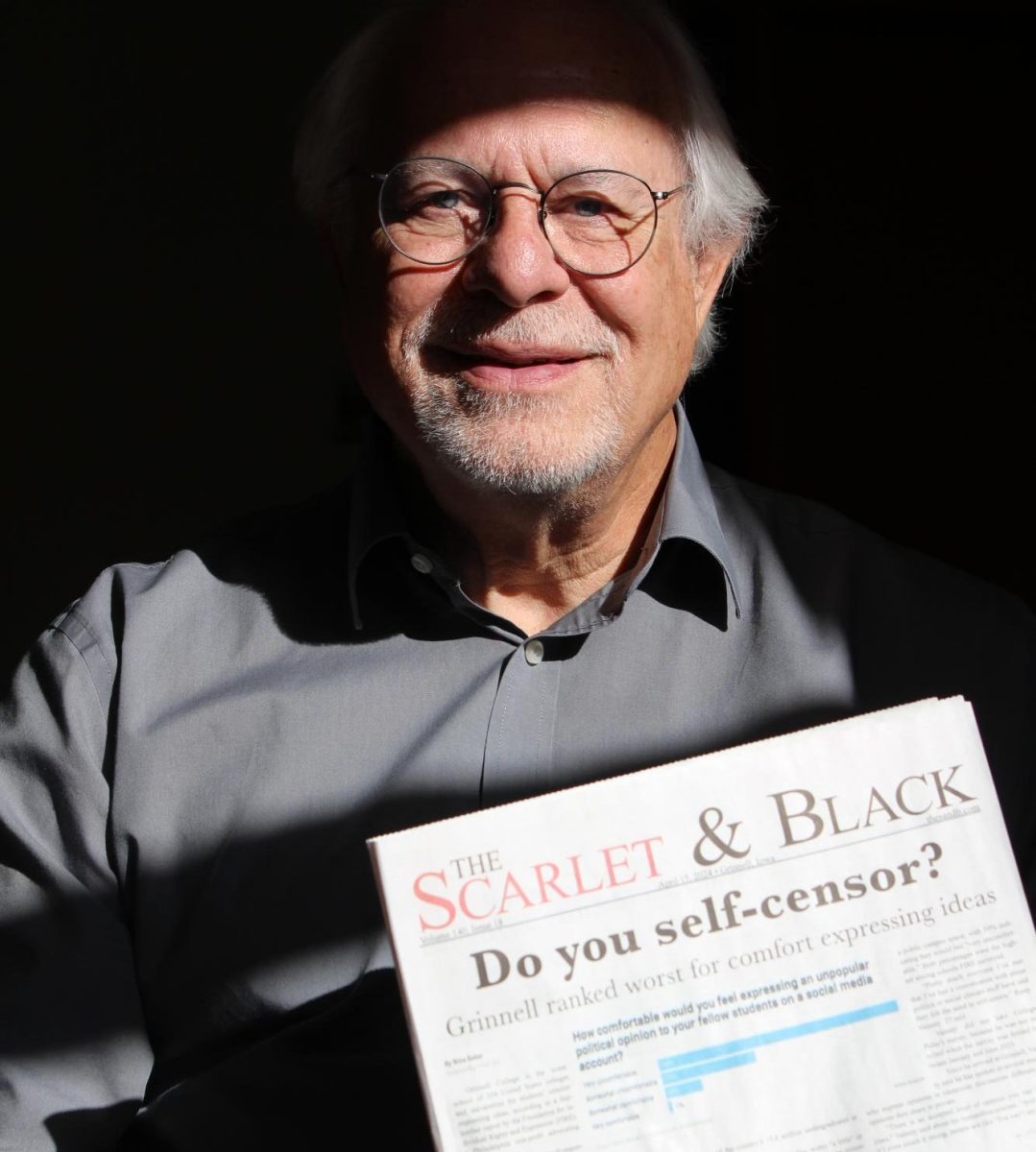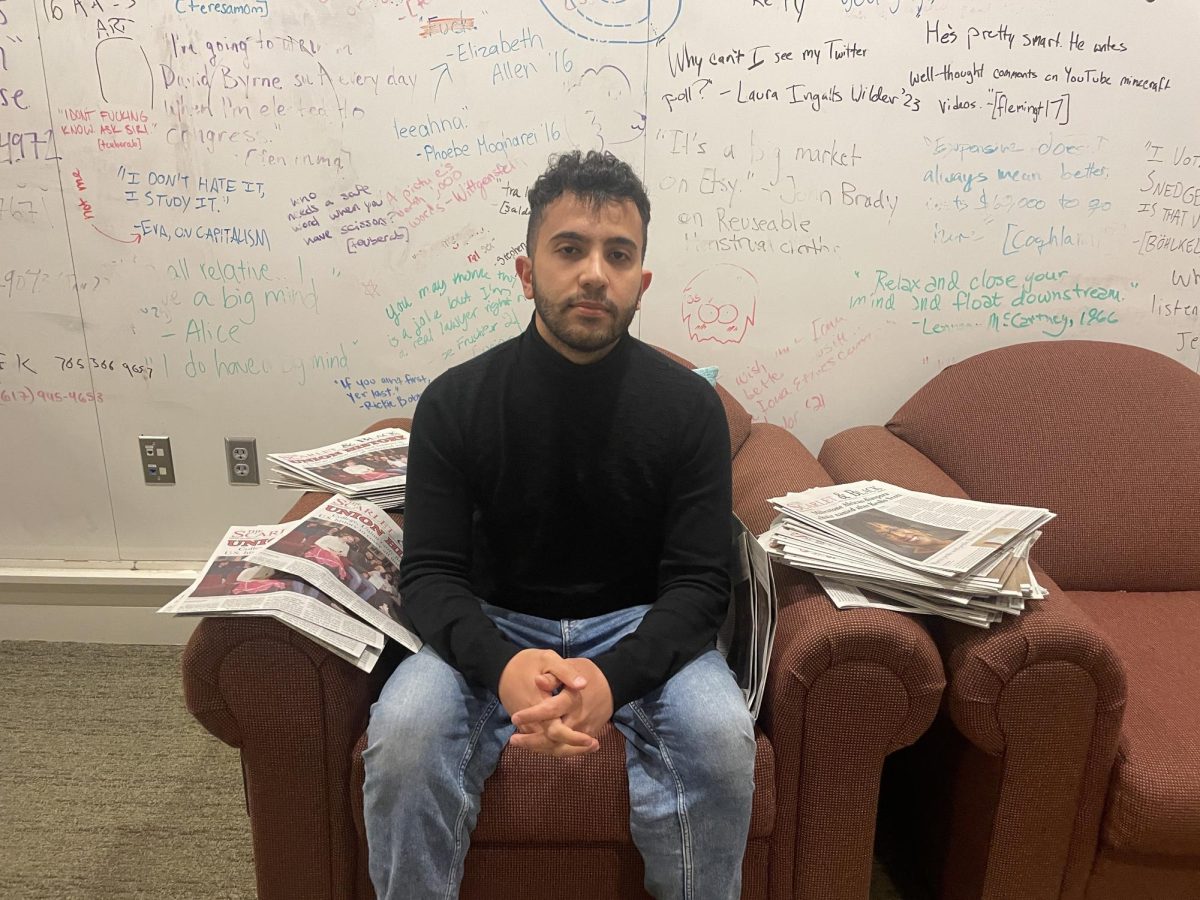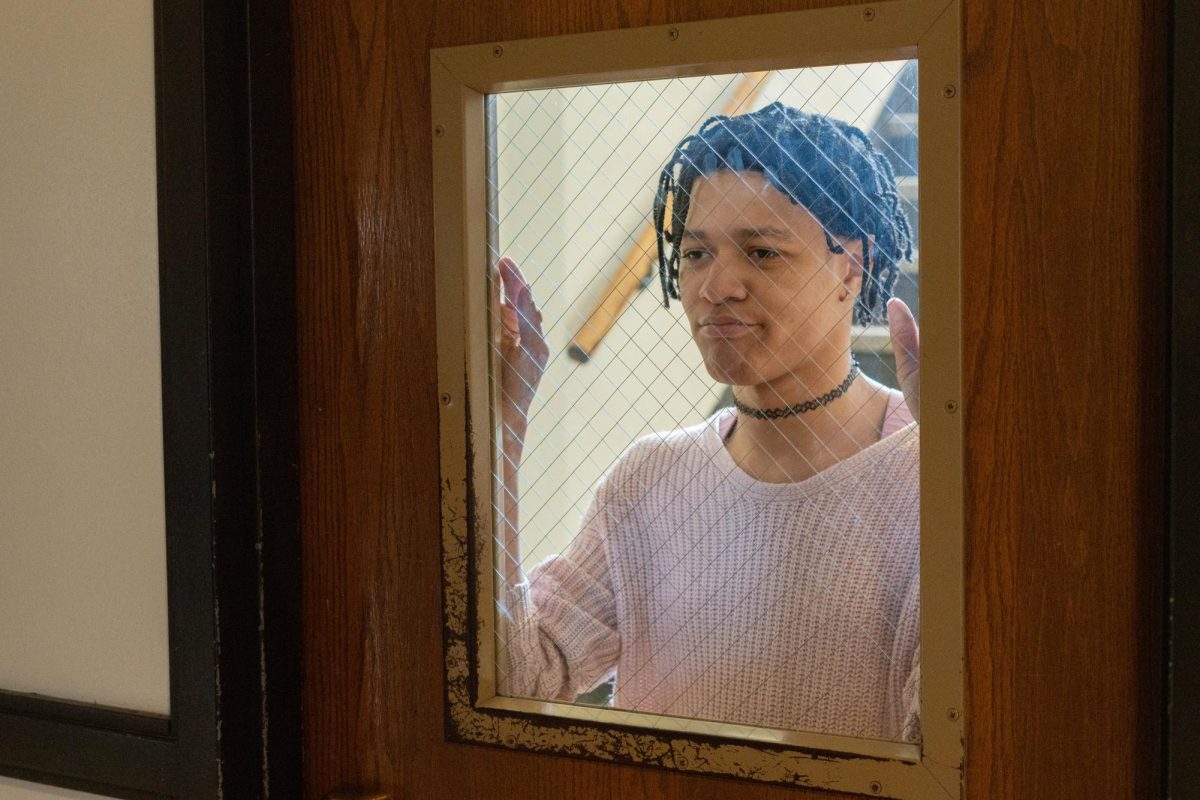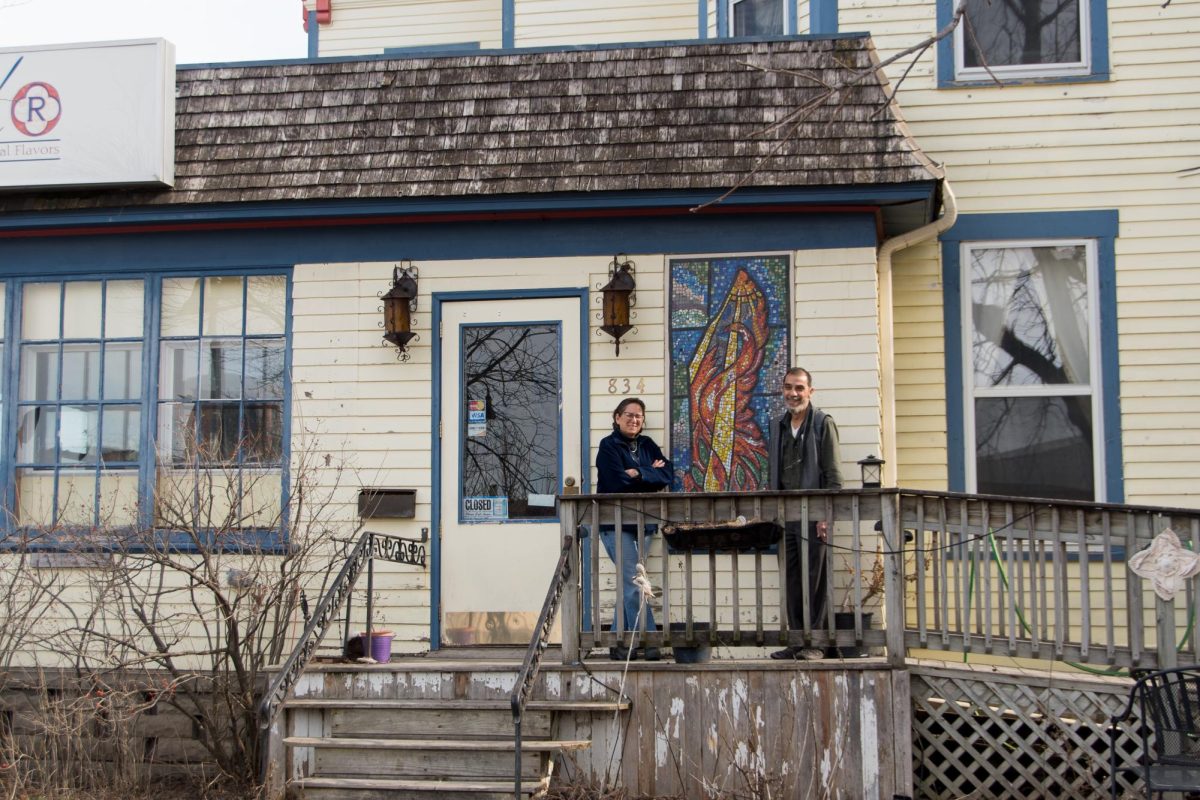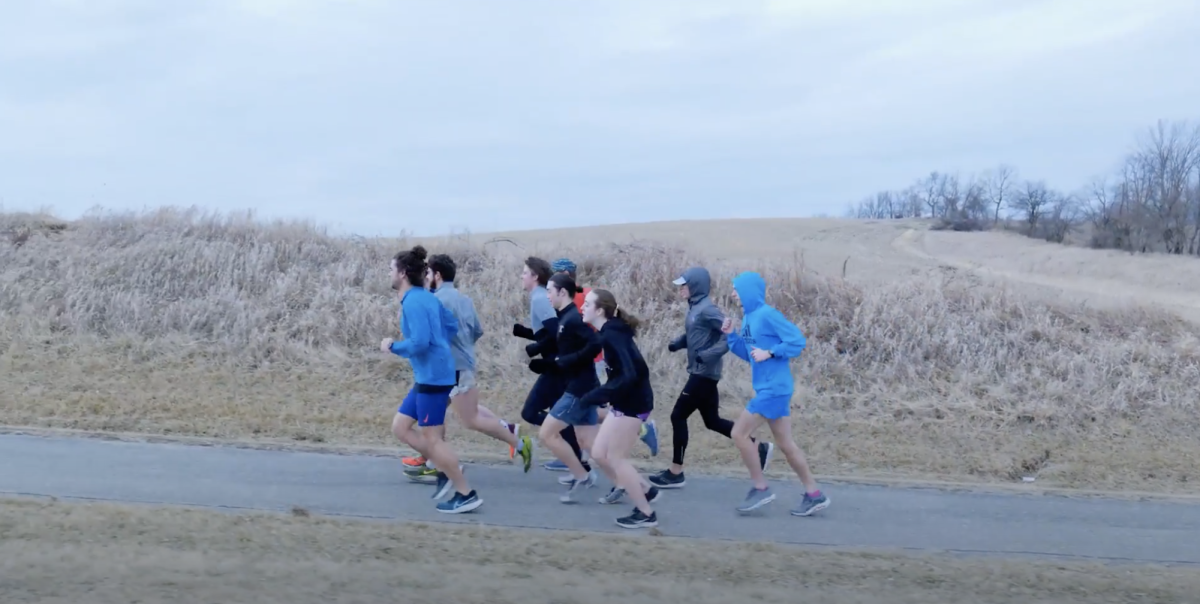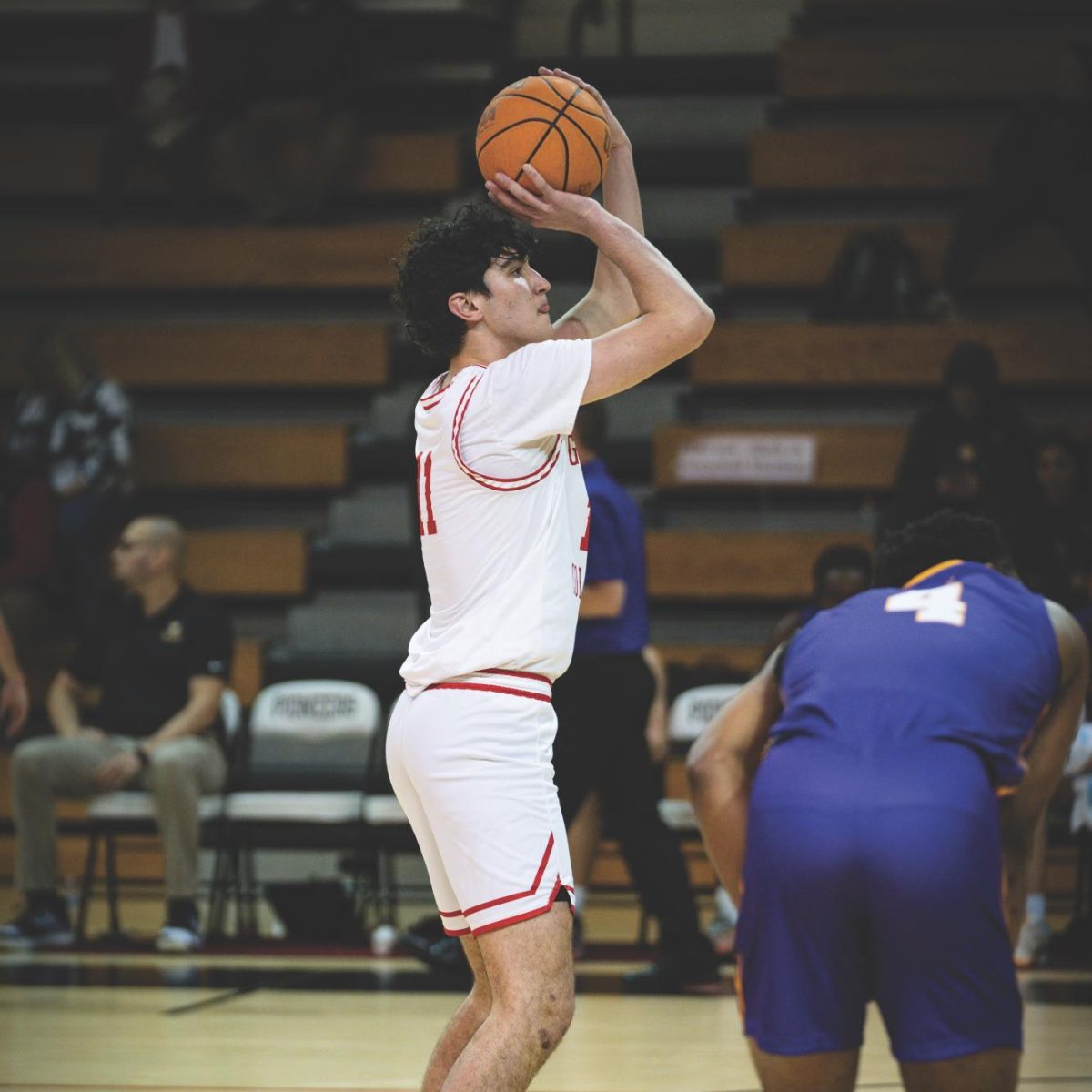In the name of trans awareness week (see article on page 1), I decided to participate in “Cross-dressing to class day” which, according to the email from the Stonewall Resource Center, should have been pretty easy—“gender-bend [our] outfits and wear [them] to class,” it said. However, the goal of “gender-bending” outfits was unclear. Were participants supposed to be imitating trans people to make their struggle visible on campus? Or was cross-dressing supposed to push and/or blur the boundaries of gender norms? Or was it reinforcing gender performativity?
When I made the decision to “cross” over to the other side, I thought about what kind of a “man” I would be if I had been born a male. Not surprisingly, I went for baggy clothes to imitate the persona of a “baller,” but at the end I came to terms with the fact that I would have become a “cholo” if born a male in my neighborhood.
So on Nov. 10, 2009, the ritual of transition started by singing “Na, Na, Naaa-na, hey, hey, goodbye!” After showering and saying goodbye to the “woman” in me, I was as ready as could be to get rid of my most obvious “womanly” parts—my breasts. I looked for my tightest sports bra to contain my breasts, so that it would be easier to bind them with gauze. I put on my “calsonzillos”—male underwear—, my black jeans, my black “wife-beater,” black socks and a flannel shirt. I styled my long black hair into a braid like the old cholos and put a blue bandana across my forehead. As I said goodbye to my Jaina—a gangster’s girlfriend—I became really scared to face the world as a “man,” but in true cholo style I hid behind my black sunglasses and my machista attitude, “grew some balls” and I walked out into the loggia singing the song by Down AKA Kilo in my head—“Lean like a cholo, elbows up, side to side.”
When I was walking to class, I passed by a student who gave me a disapproving look. Her eyes said it all—I looked like a “wannabe.” This only made me want to run to class and hide behind closed doors, but I know that no “vato loco,” or gangster, would ever be caught running unless they were unarmed. I was trying to arm myself with confidence. Ironically, the readings for my LGBTQ Studies class for that day had quoted a trans person who said, “Confidence… helps you pass.” But judging by the tone and the rest of the reading, it seemed like no matter how much confidence a person possesses he or she will never “pass” as being from the opposite gender let alone from the opposite sex.
As I sat in my LGBTQ Studies class listening to Professor Astrid Henry review the critical readings about gender as “highly performative,” my gauze came undone. My breasts popped out like two little hills being crushed by a huge hammer. During a break from class, I went up to my friend and lifted up my shirt to show him how the gauze had not worked. That simple act of lifting up my shirt made me realize that clothes and other superficial things, like the way I sat or walked, made me feel more like “man.” I was acting like a “manly man” and it was only right to treat my breasts as a “manly chest”—I freed myself from the censorship that society places on women’s bodies. It felt so good not to worry about “woman things” such as nudity or cleavage, even if that feeling was just for a split second.
I was really disappointed that my breasts were ruining my chances of “passing” as a man. But all that changed when I noticed one of my male classmates had worn a flirtatious mini skirt with a button-up long sleeve shirt and a black tie. This is what the email had meant! “Gender-bend”—mix and match “feminine clothes” with “masculine clothes,” to protest the idea that gender is a binary system of inflexible ideas of what it means to be feminine or masculine.
The whole point was to redefine what it is to be a woman or a man. In my case, I was identified as a female at birth and I self identify as a woman. On Nov. 10, I was dressed as a cholo instead of a chola and I was using “he” pronouns. Yet my breasts were free to pop out like a feminine woman with curves. So who was I? That’s the point—I was part of a “gray area” that bent gender norms. My “performance” was no longer imitating men, but instead I was just wearing the clothes I wanted to wear without worrying about whether the label had instructions on what gender can wear them.
This ambiguity is the beginning of a long process towards accepting people’s differences. It is the first step in providing a space that can instigate conversations that aim to decrease ignorance about transgender identity, issues and discrimination. But before those safe spaces are provided in public places, we need to start asking questions of topics that make us feel uncomfortable of the unknown—ignorance should not be an excuse for discrimination or lack of social responsibility.







